3D IMAGING IN AGRICULTURAL TECHNOLOGY
As with many other industries, the agricultural technology industry is acknowledging and addressing pain points and utilizing advances in technology to fix them. Farmers want to be able to reduce their pull on limited natural resources, including water. They want to preserve the environment and save money by lessening their chemical output over their crops. Farmers want to increase yield and quality of produce to survive the ever worsening competitive and inflationary pressures. They want to monitor crops without relying on skilled labour, of which there is an increasing shortage. Furthermore, the pollinator crisis, including the mass deaths of honeybees, is causing an issue in yield, weight, quality, aesthetics and the shelf life of produce.1
Agricultural Technology to Increase Efficiency and Study Pollinators
These problems are being addressed by new advances in agricultural technology (AgTech). This doesn’t just refer to one type of technology, rather, it refers to a spectrum of automation and IoT-based solutions for the agricultural industry. Crop harvesting, land surveyance, identification of diseased plants or weeds, and even analysis of plant growth and sprinkler management can be improved through automated vertical farming techniques.2 The ripple effect of an increased reliance on smart farming technology will also limit the usage of chemical inputs, increase yield without increasing the draw on natural resources, lower greenhouse gas emissions from agricultural outputs and help to sustain the vital, yet declining agricultural workforce.3 In addition to direct use cases, monitoring technologies are also being implemented in agriculture to study and understand pollinating insects like honeybees.1
As the world continues to make advances in technology and incorporates automated solutions, more opportunities arise to implement smart farming techniques to improve the management of farming systems. Unfortunately, there is currently a limited understanding of how these technological shifts can be effectively used in the farming sector.4 These advanced technologies include sensors, AI, and robotics that are being touted as a way to increase agricultural efficiency while reducing resource use.5 The Robotic and Autonomous Agricultural Technologies (RAAT) have different levels of autonomy: automatic, partial autonomy and autonomous functionality.6
The Possibilities of 3D Stereo Vision Cameras in AgTech
A prime example of computer vision and advanced technology being used in agriculture is the use of a 3D stereo vision camera to measure plant architecture. Understanding plant traits via phenotyping is a popular area of study to increase crop yield while simultaneously limiting inputs. Stereo vision is an ideal technology to use for agriculture studies because it is cheap and compact. This is highlighted in a recent study by S. Dandrifosse, A. Bouvry, V. Leemans, B. Dumont, and B. Mercatoris titled “Imaging Wheat Canopy Through Stereo Vision: Overcoming the Challenges of the Laboratory to Field Transition for Morphological Features Extraction”.7
fig. 1 — segmented image with height map7
Soil is blue, leaves are green and spikes are red.
3D sensing is advantageous when compared to other 3D imaging technologies because it has high spatial resolution and a wide selection of cameras. When important traits of crops are identified (e.g. stem diameter of sorghum) computer vision can then be used to study this trait. PhenoStereo was developed specifically to assess the diameter of sorghum stems. It works by developing a point cloud of sorghum plants, extracting the stems, and then quantifying their diameters.8
fig. 2 — the procedure of stereo matching
(a) A rectified and segmented image pair.
(b) The disparity output of the Semi-Global Matching (SGM) algorithm.
(c) 3D point cloud reconstruction of the sorghum plant.8
The manual harvesting of loose fruits and produce is time-consuming and physically labour-intensive work.9 Computer vision is also utilized in automated crop harvesting systems, which have the potential to improve productivity and improve operational cost. The AI used in these systems can be trained to recognize fresh produce at various levels of ripeness with an accuracy rate of 98.91 % as shown by M. H. Junos, A. S. Mohd Khairuddin, S. Thannirmalai, and M. Dahari in “An optimized YOLO-based object detection model for crop harvesting system.”10
fig. 3 — visual detection results of YOLOv3 model10
Apiculture, or beekeeping, is also seeing improvements through the use of technology. For example, Scarlett Howard shows a great use of cameras and 3D tracking technology to study how bees visit strawberry plants, as seen in the GIF below.
Bottlenose™ and Applications in AgTech
A variety of cameras are available in the market to suit the needs of the growing AgTech industry. Labforge has recently introduced their market beating Bottlenose™ series of cameras with on-camera SGM and YOLOv3.
These smart cameras can be integrated across the different levels of autonomy in smart farming, including pre-existing equipment. Bottlenose’s™ 4K resolution and on-board simultaneous processing for feature point detection and matching, dense depth, and AI makes it an ideal candidate for integration into the smart farming. It is lightweight, durable and easy to configure for a variety of use cases.
About Labforge
Labforge is a Waterloo, ON based technology company that designs, develops, and sells smart cameras. Our cameras are used for security, safety, and automation.
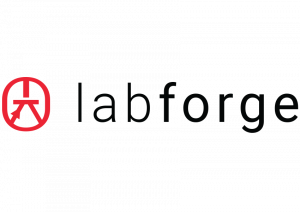
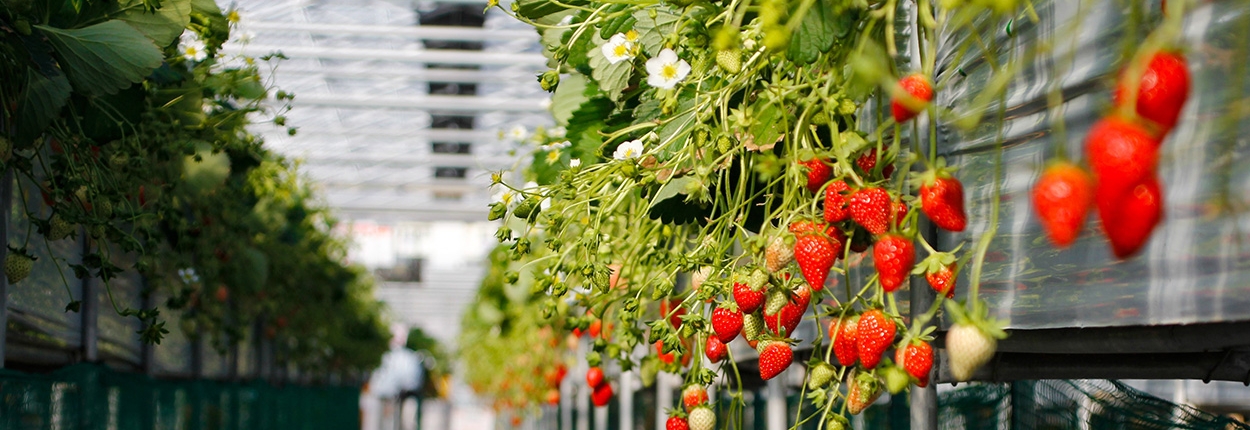
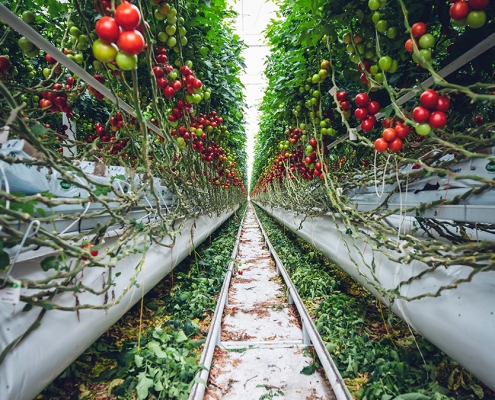
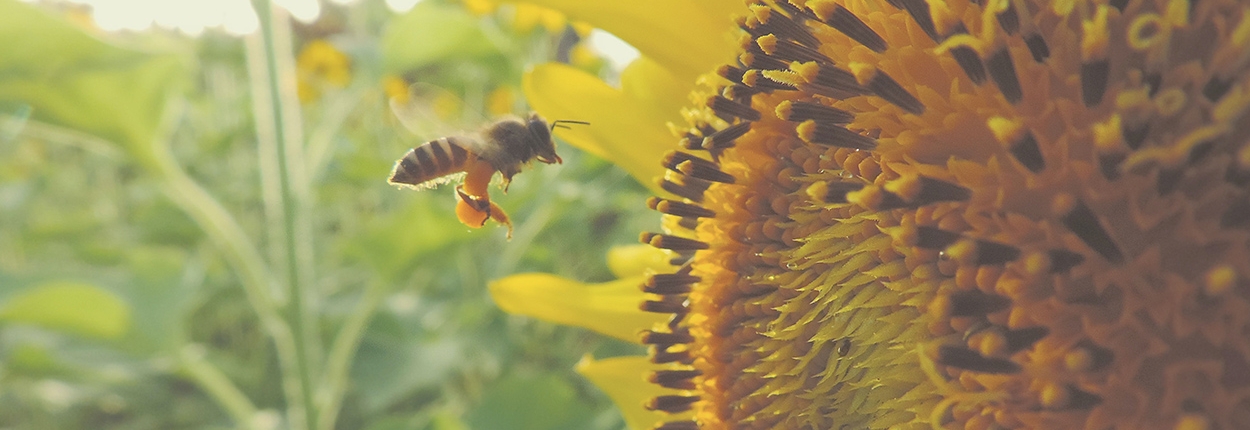
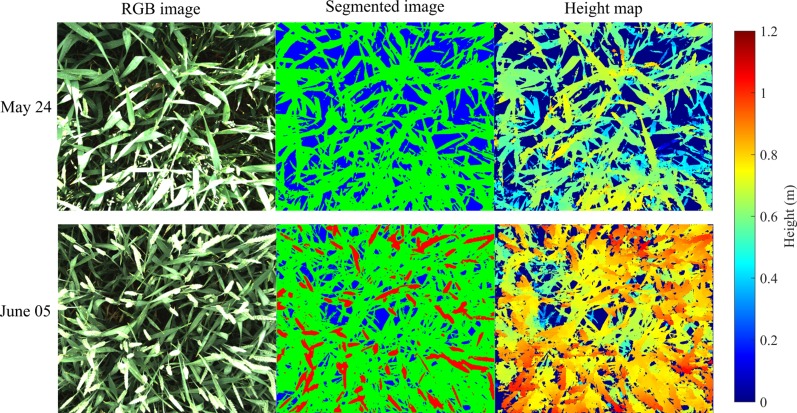
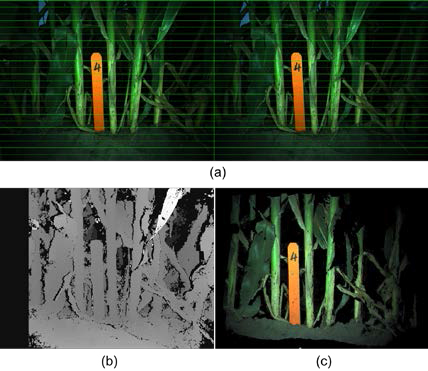
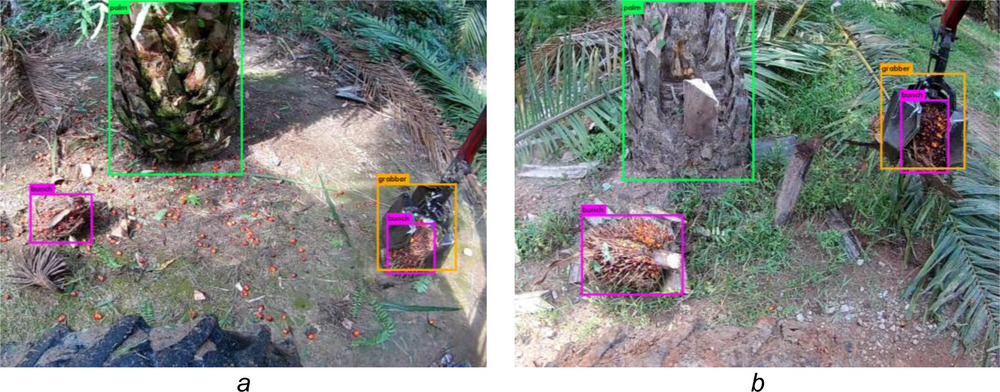

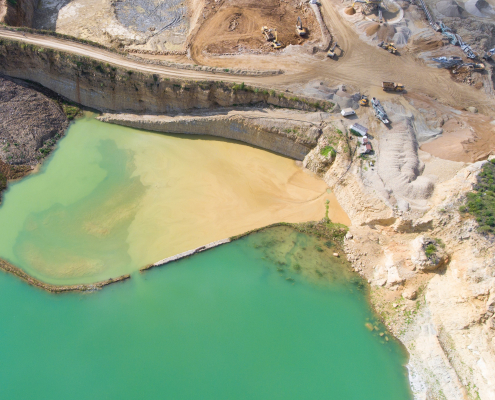
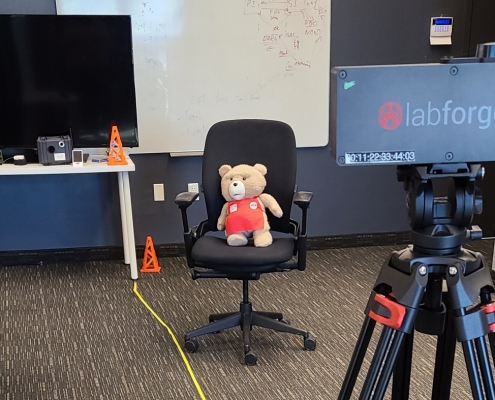
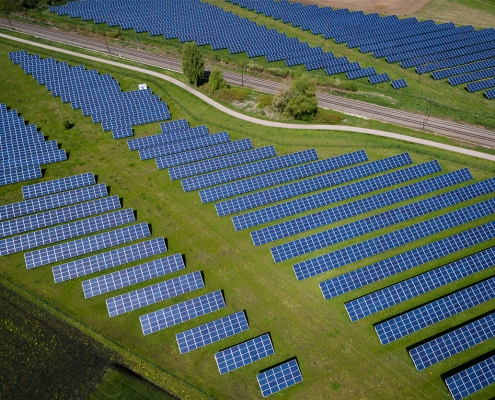 Andreas Gücklhorn | Unsplash
Andreas Gücklhorn | Unsplash Andreas Gücklhorn | Unsplash
Andreas Gücklhorn | Unsplash
Leave a Reply
Want to join the discussion?Feel free to contribute!